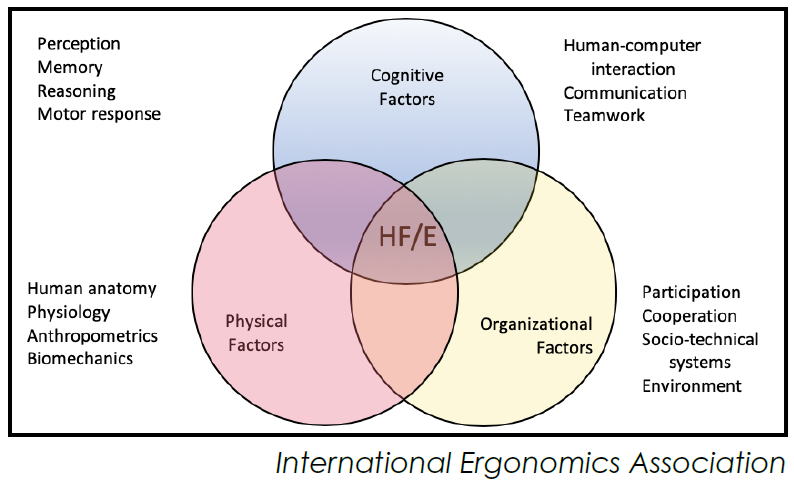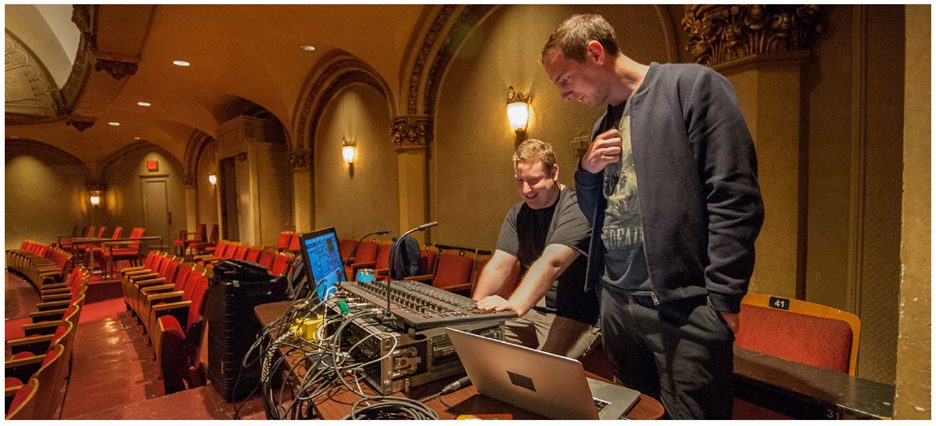
To better understand ergonomics as a systems science let us start by understanding an example.
– Manu Nellutla, CCPE, CPHSA. Executive Director, Actsafe Safety Association
A computer programmer has been complaining about back pain to his supervisor. His supervisor researches and gets the programmer an ‘ergonomic’ chair. After a few weeks of use, the programmer is still complaining of low back pain. The supervisor is confused as he has just spent a couple of hundred dollars to get an ergonomically designed chair.
Does this sound familiar to you? Yes, because we all have experienced lower back pain and immediately our solution was to get an ergonomic chair.
Most of us think of ergonomics as a method/ science that investigates designing chairs, desks, computer accessories, and correction of bad posture. Although most of the application has been in these areas which are directly impacted due to the prevalence of work-related musculoskeletal injuries/disorders, ergonomics as a science is more than just looking at the physical aspect.
As defined by International Ergonomics Association, ergonomics (also known as Human Factors) is “the scientific discipline concerned with the understanding of interactions among humans and other elements of a system, and the profession that applies theory, principles, data and methods to design in order to optimize human well-being and overall system performance.”
In short, ergonomics/human factors looks at more than just the physical factors. In fact, ergonomics gives sufficient consideration of various elements like:
• Physical Factors
• Cognitive Factors
• Organizational Factors
Ergonomics/human factors focuses on microergonomics like design of procedures, the tools used, posture taken, etc., along with macroergonomics aspects like work roles, job design, communication between team members, and supervisors’ feedback, etc.

Let us take an example of a production table in a theatre to understand the concept of systems ergonomics.
If you look at the picture (below), one of the first things that comes to mind is the posture of the technicians at the table. Therefore, most of the intervention will be looking through the physical lens of ergonomics, such as how to get the technician seated, height of the table, and the posture of the technician while using the table. We must also consider the organizational and cognitive factors, such as:
- How long is the technician in front of the table? What are their working hours?
- Does the technician have time to take micro-breaks and to stretch?
- Are there any tripping/falling hazards due to the cables around the table?
- How bright are the screens and how long must one look at them?
- How is the lighting around the area and is it reflecting on to the table/screen?
- How tight is the space around the table for the technician to move around?
- Was there an orientation provided on what the best positions to work at a production table are?
If an ergonomics intervention only includes the physical factors, we miss a lot of other risk factors like number of hours worked, lighting, etc. Therefore, utilizing systems thinking in ergonomics gives it a holistic approach to intervention.
If we take a look at our example at the beginning of this article, applying a systems approach to ergonomics intervention would mean that apart from providing an ergonomics chair we would also encourage the computer programmer to take micro-breaks to stretch, adjust monitor and keyboard height, adjust brightness of the screen, use a foot rest if needed, provide regular feedback to his supervisor, etc. Ergonomics with a systems approach will help in mitigating the prevalent musculoskeletal disorders in the arts and entertainment industries.

This article was written for our quarterly newsletter, Safety Scene. You can find a link to the full edition below.



Share Now: